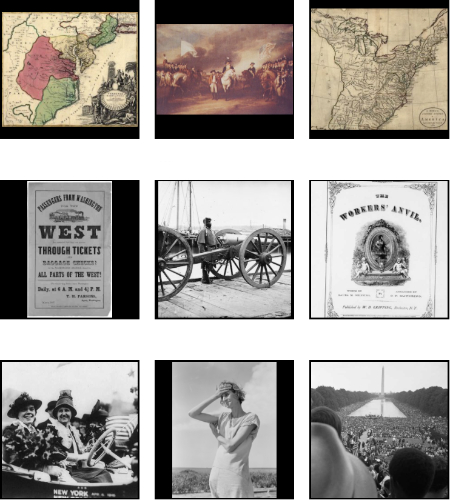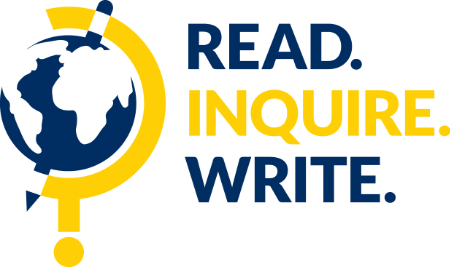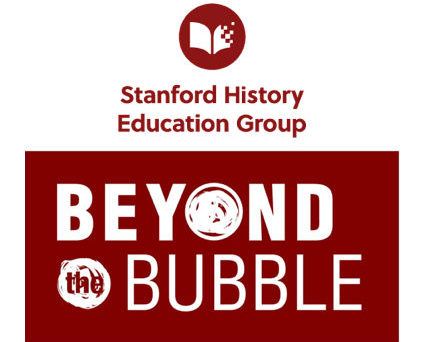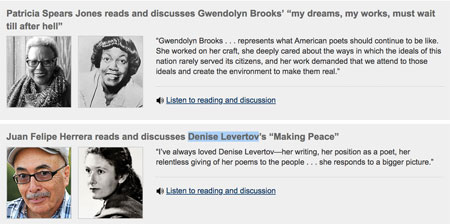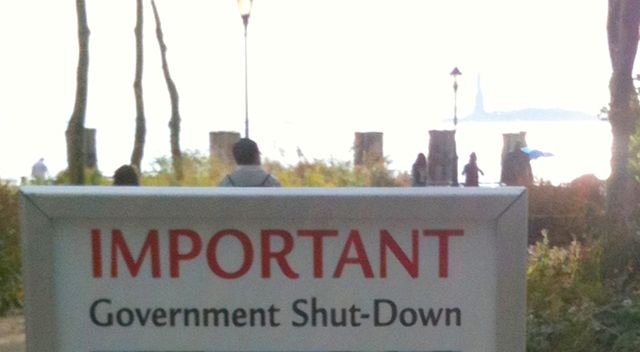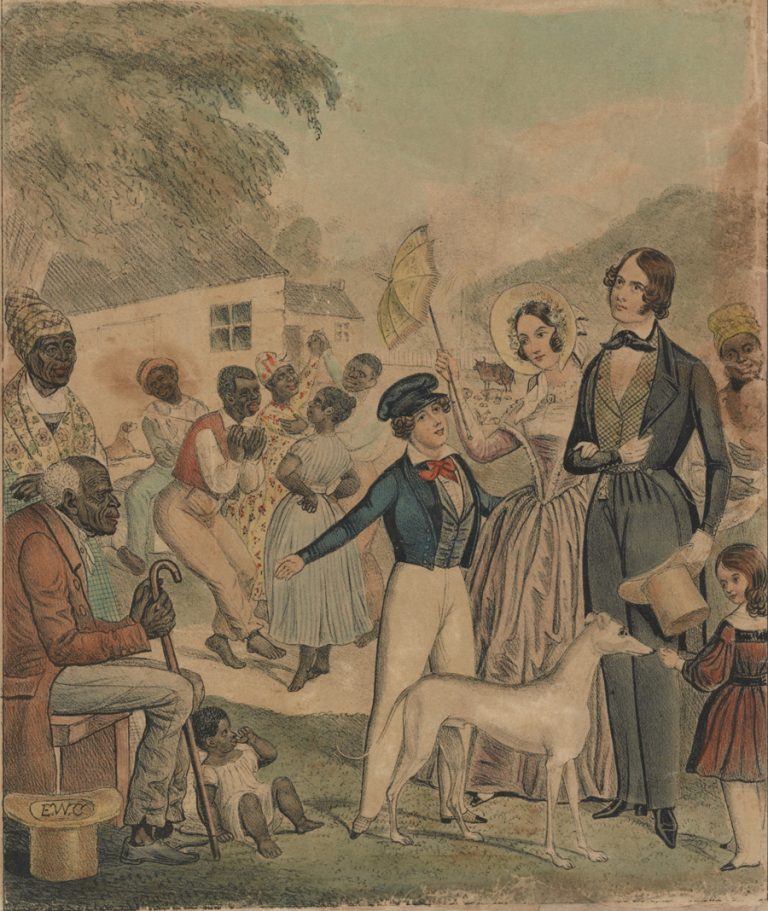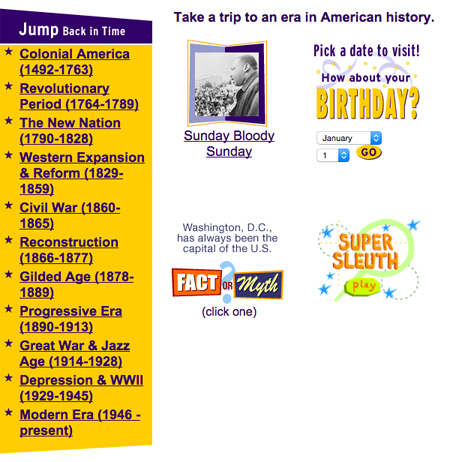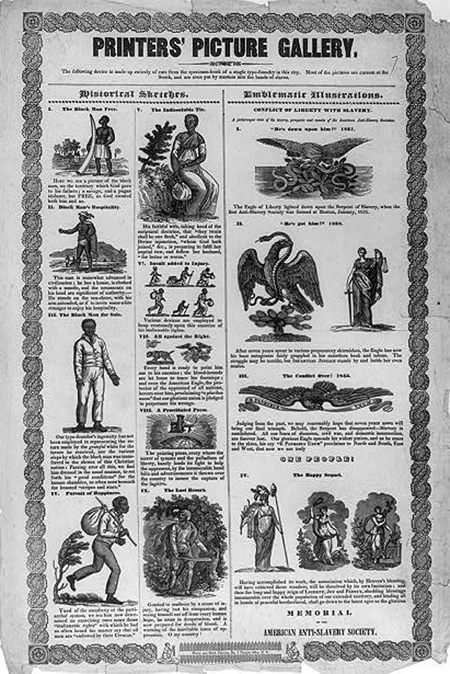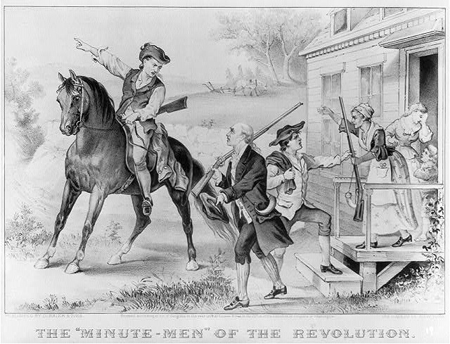Primary Source Learning: U.S. History by Time Period
The U.S. History Primary Source Timeline spans nearly 400 years, covering 9 time periods. Each time period includes an overview and several subsections and each of these, in turn, provide background information and a selection of curated primary sources. Colonial Settlement, 1600s – 1763 The American Revolution, 1763 – 1783 The New Nation, 1783 –…

